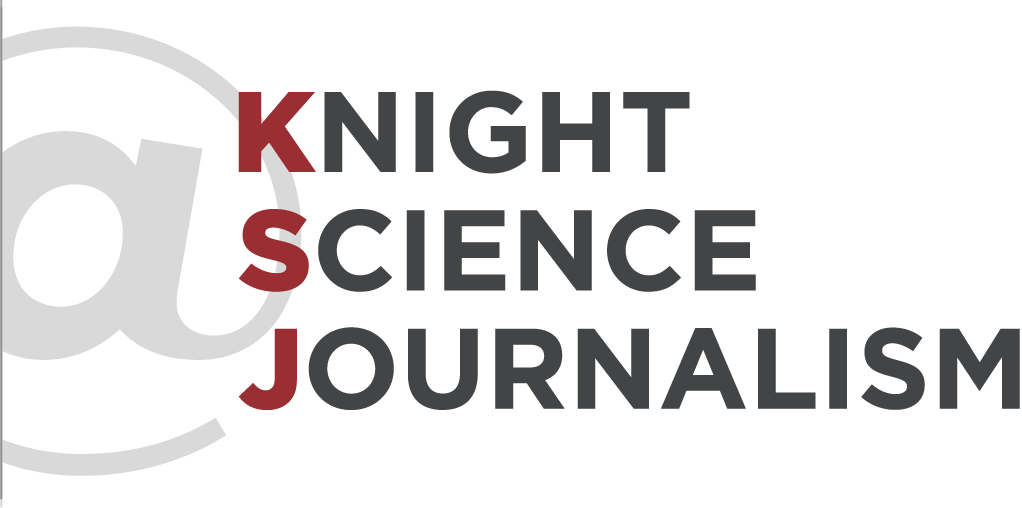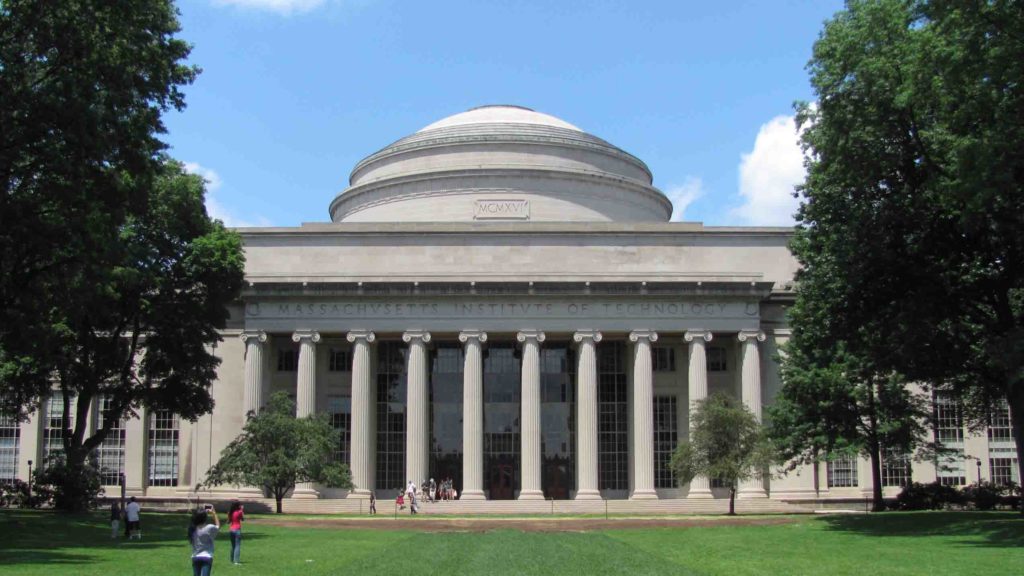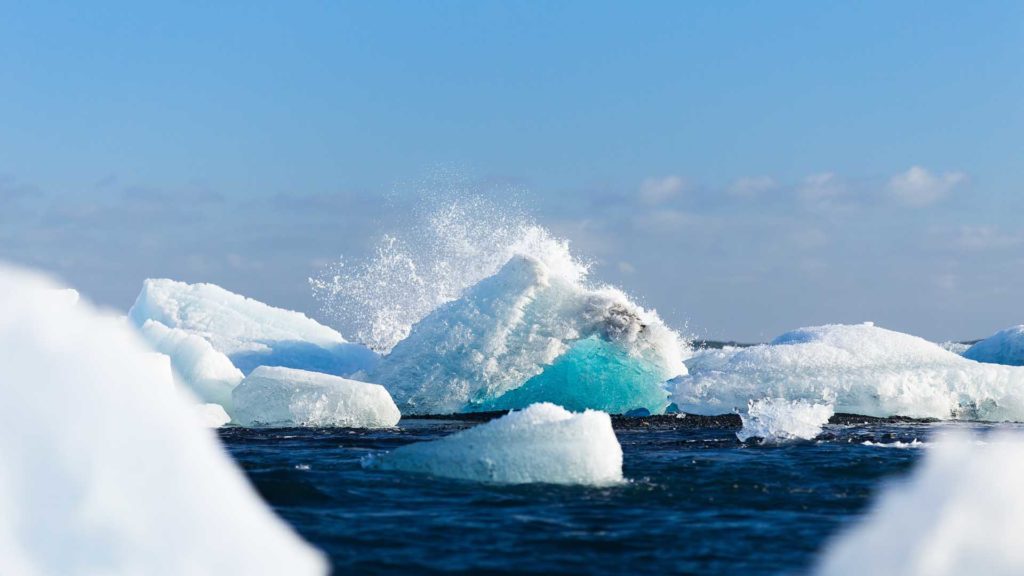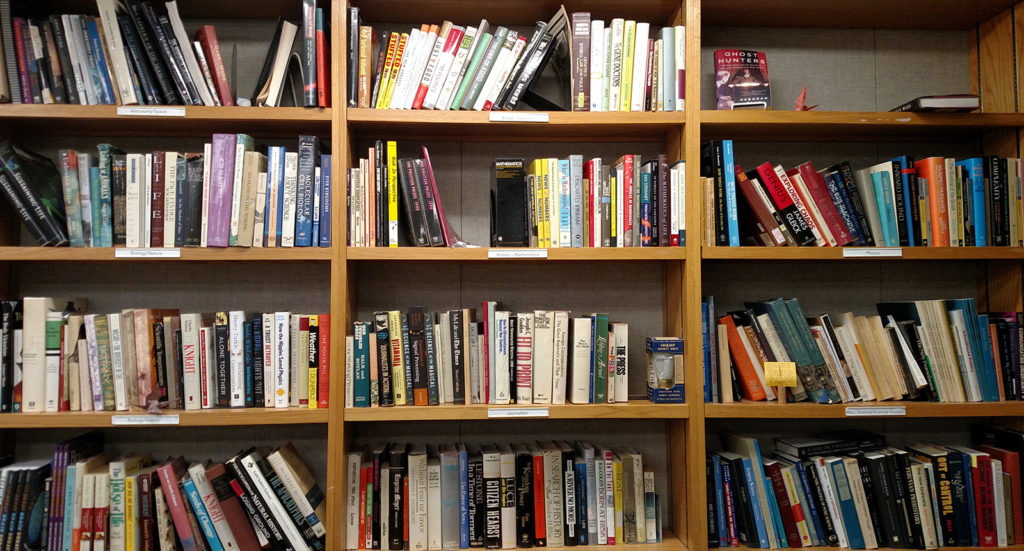A recurring roundup of news about former KSJ Fellows, featuring a compendium of what the fellows have been writing.
How Environmental Journalism Is Surviving — and Thriving — in an Unstable World
Meera Subramanian, president of the Society of Environmental Journalists, discusses the group’s efforts to support reporters during a time of turmoil.
Author, Author, Author: Three Books From KSJ
Mark Wolverton, Meera Subramanian, and Maura O’Connor give practical advice about writing a book and getting it published.


 "
" "
" "
"